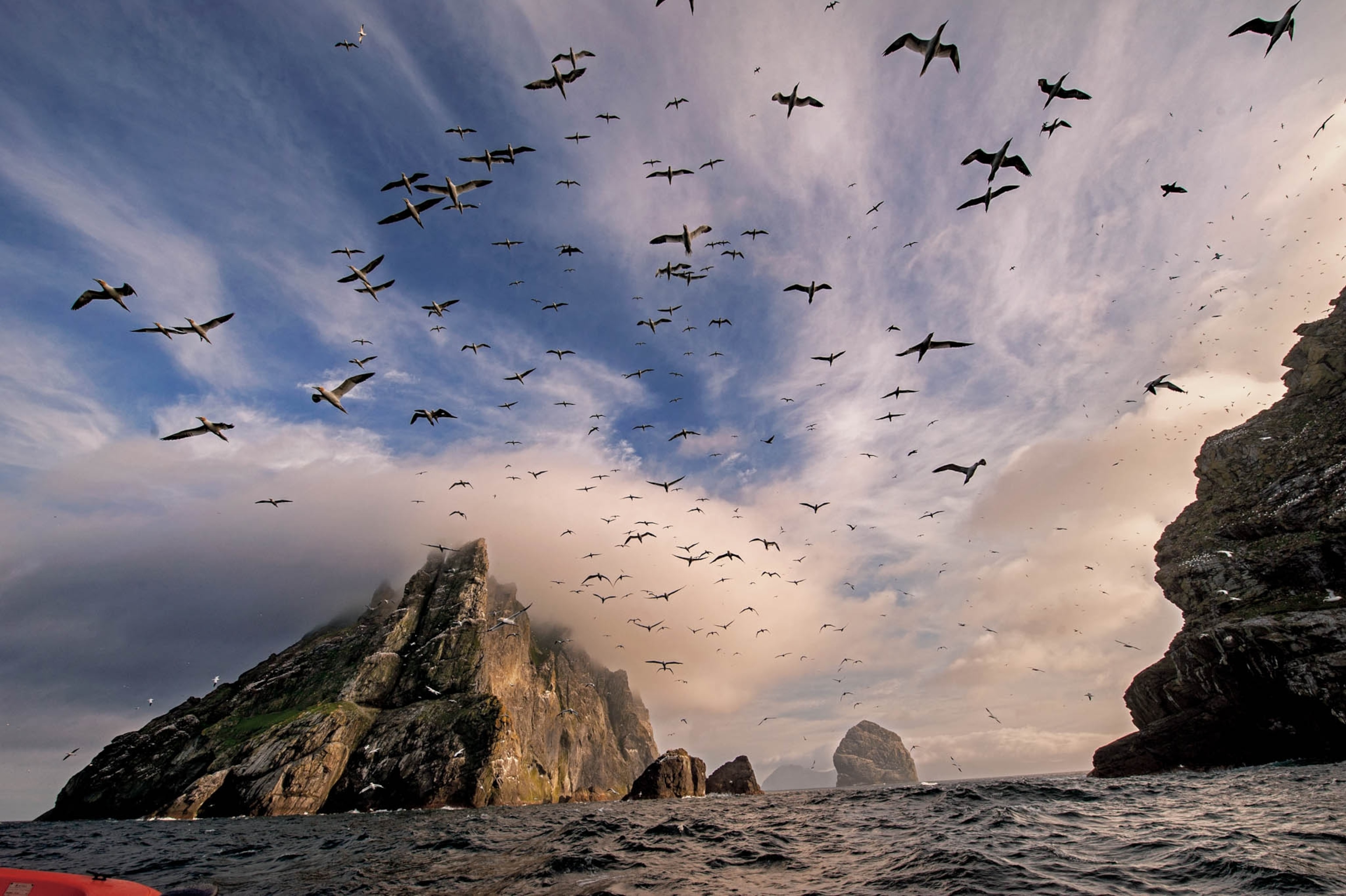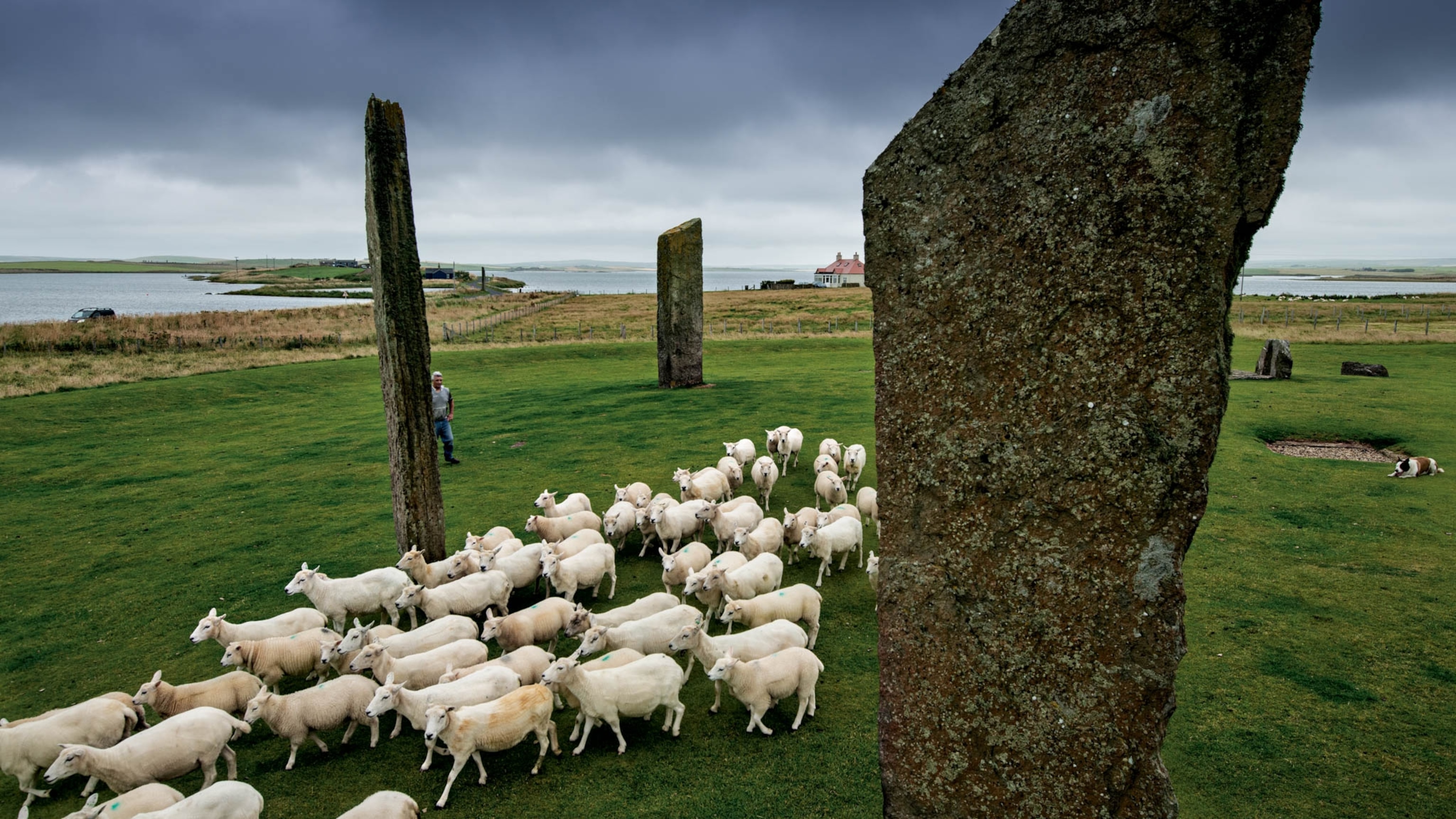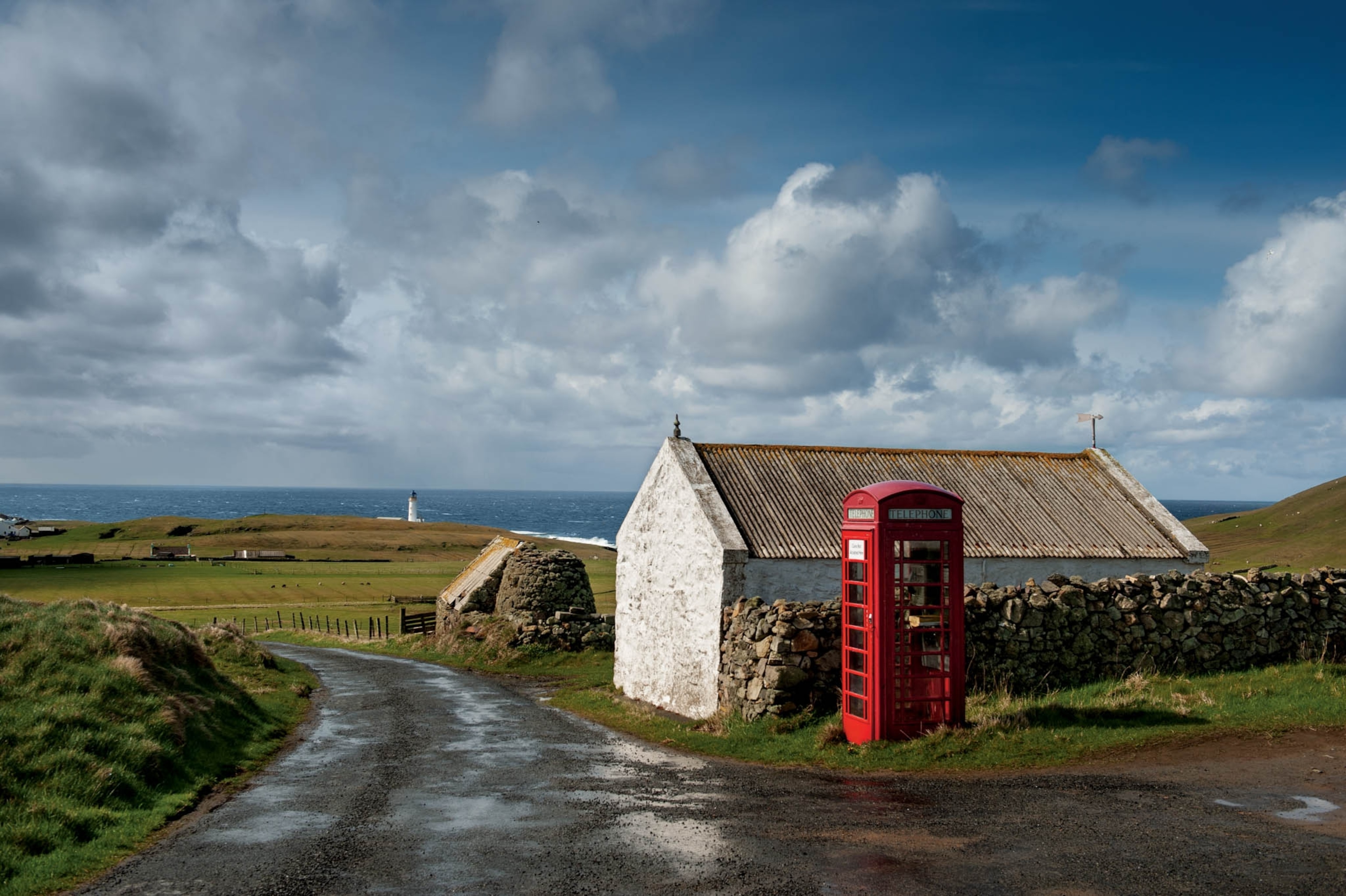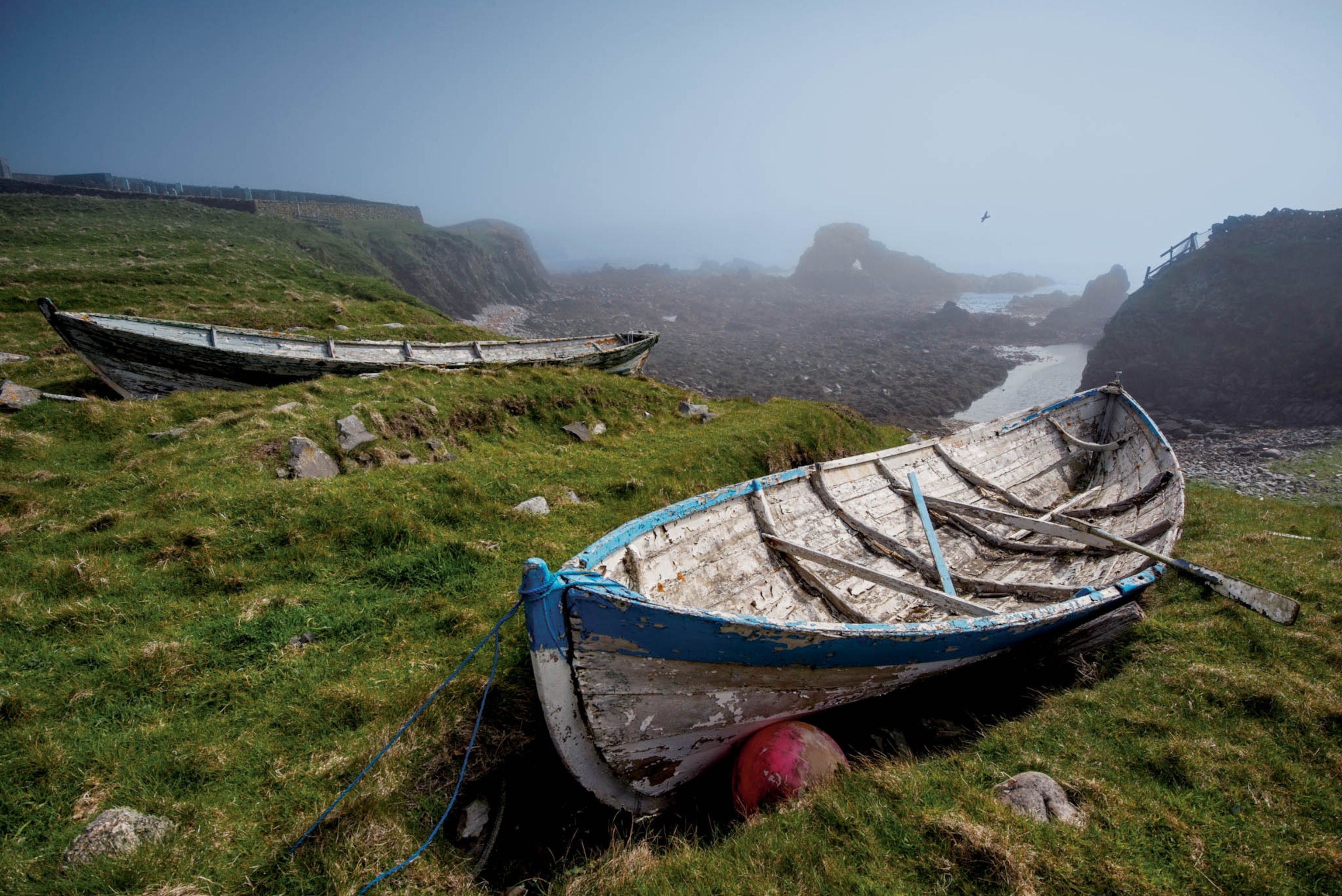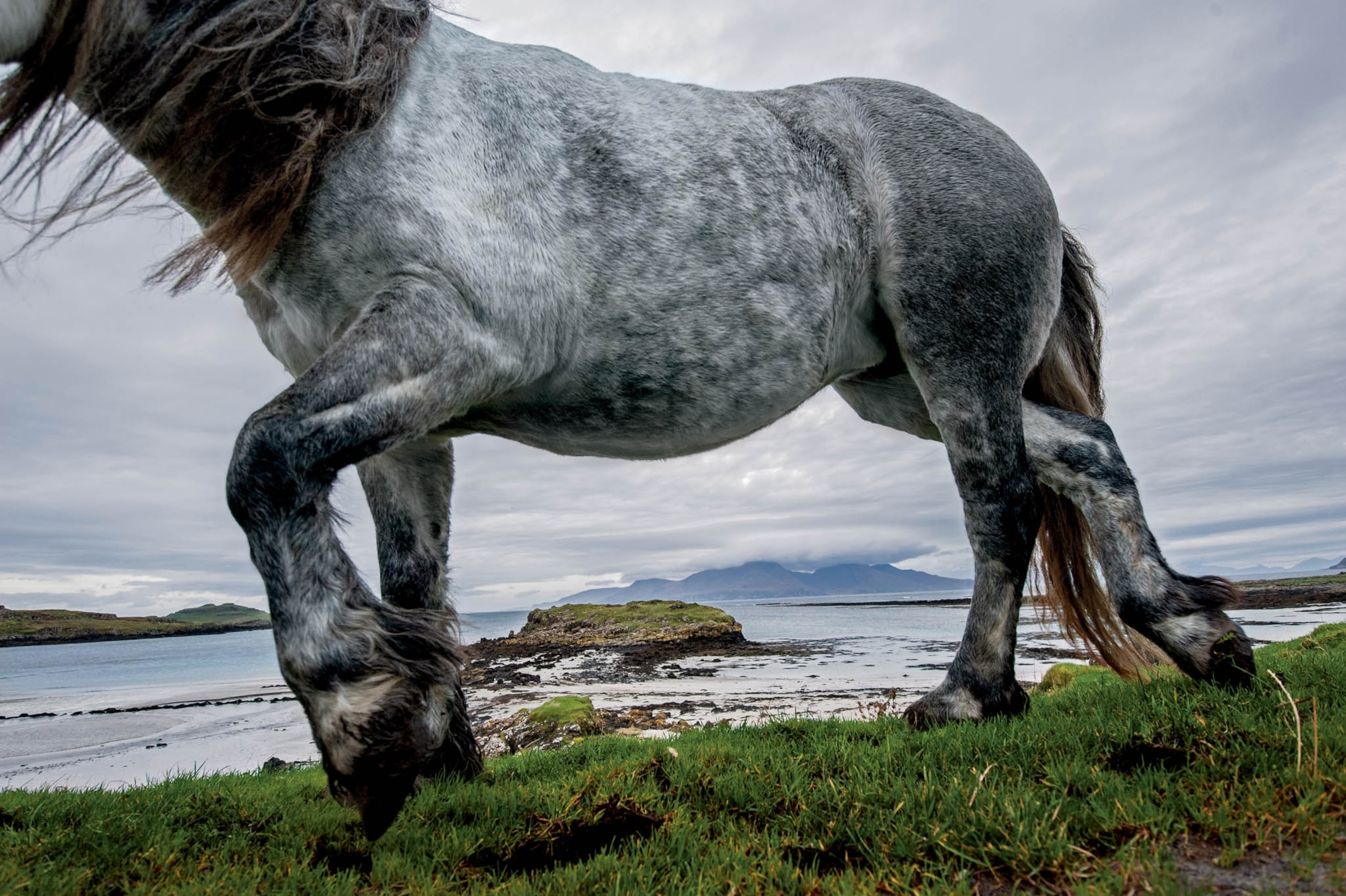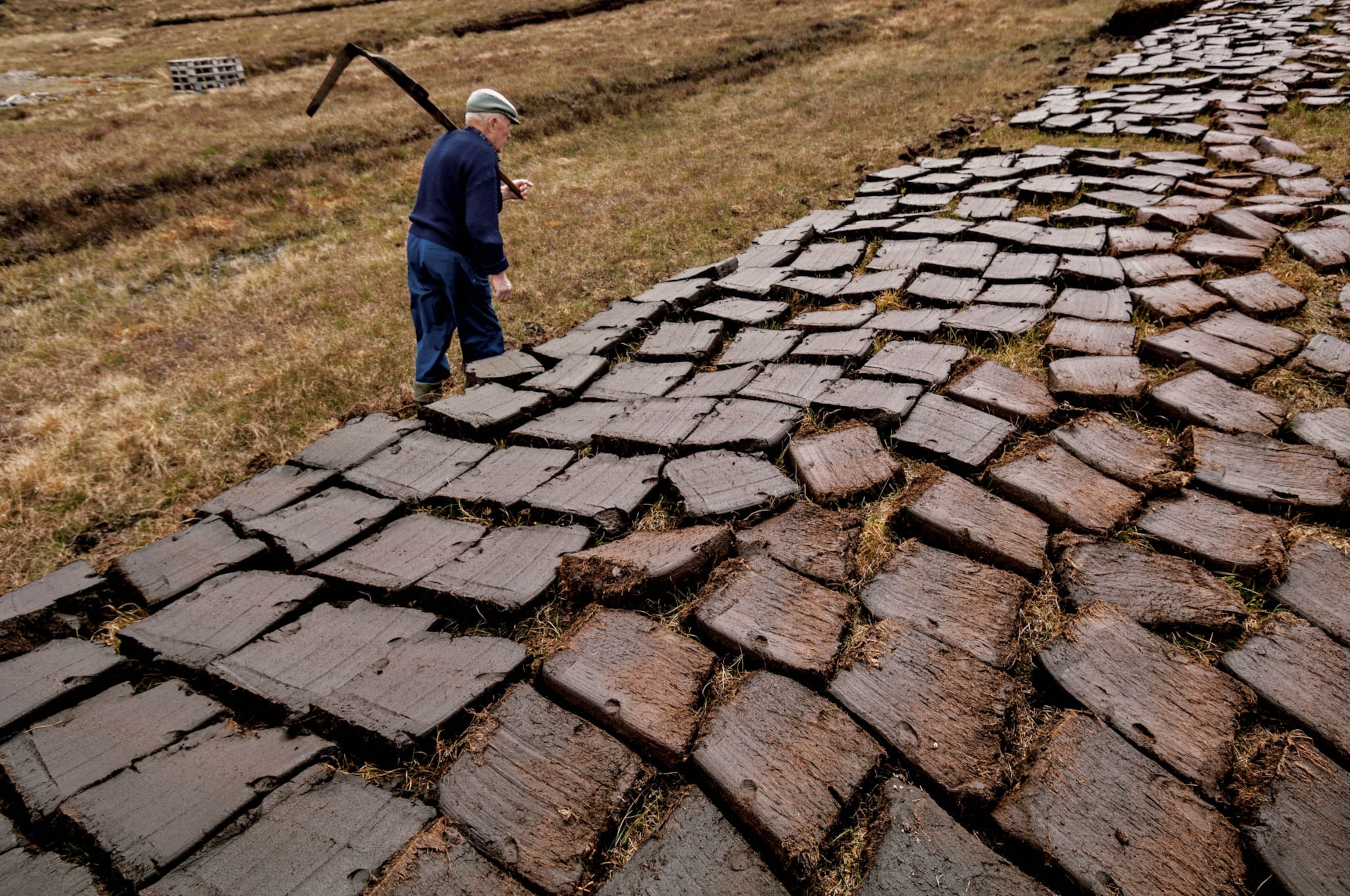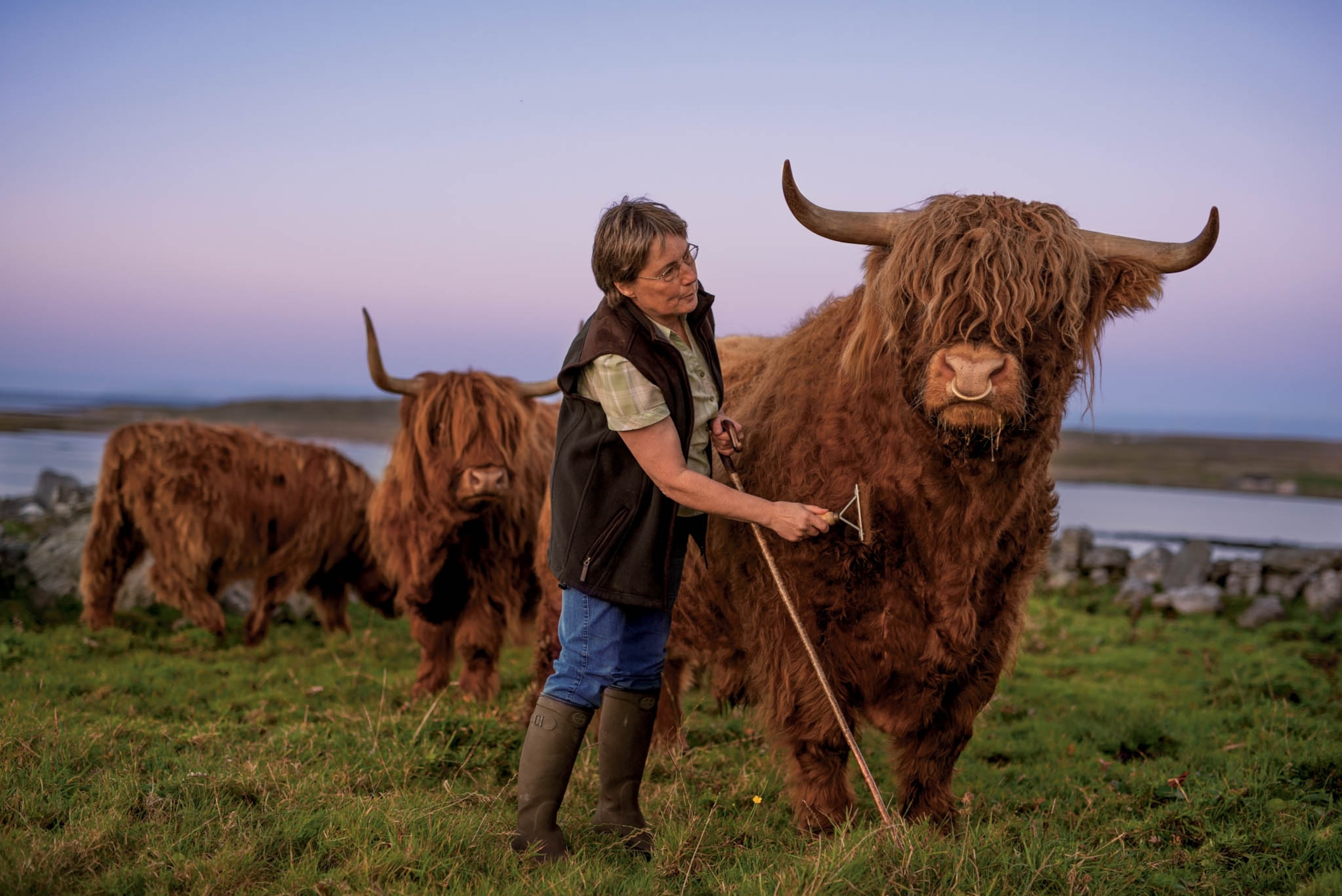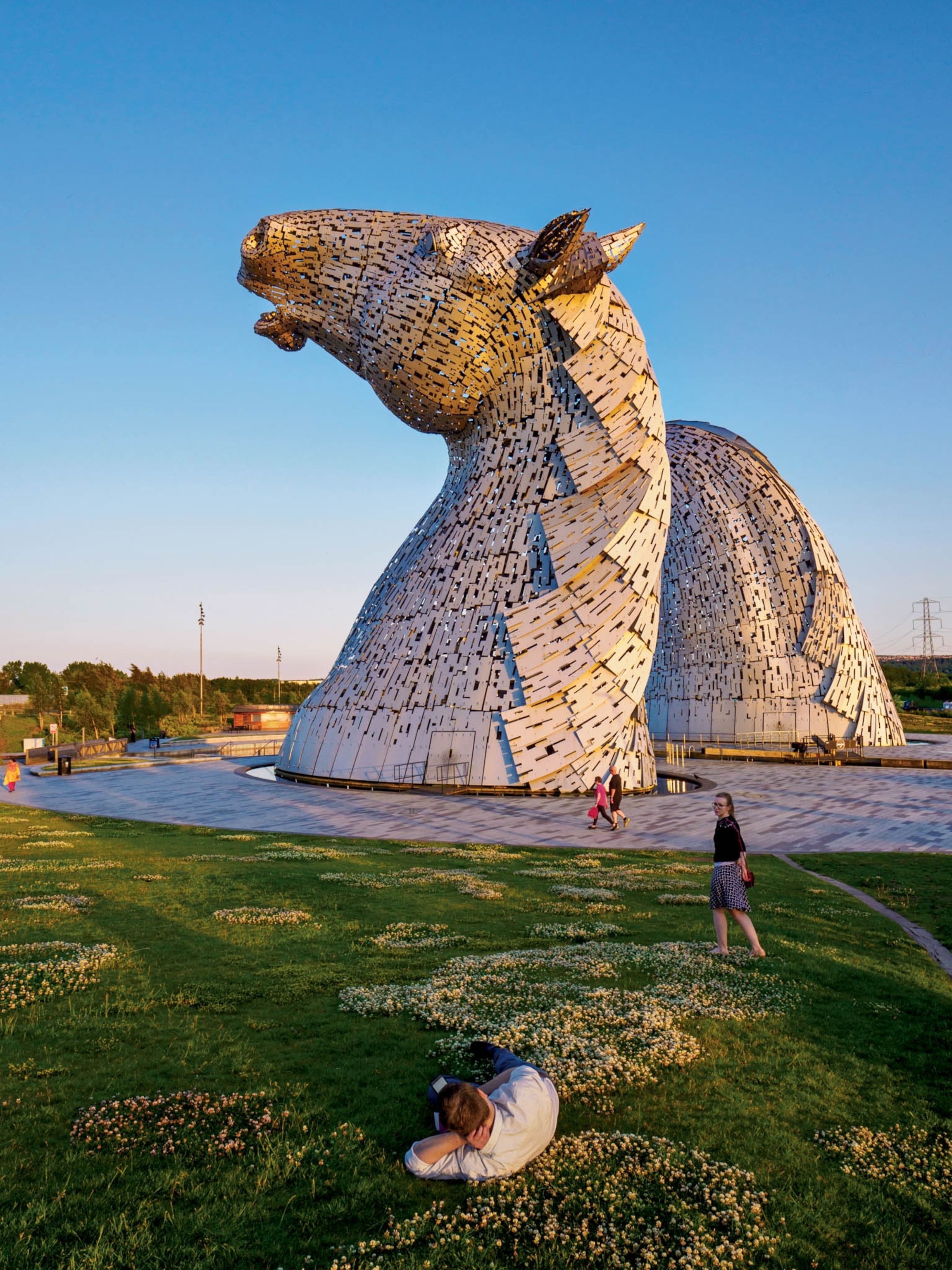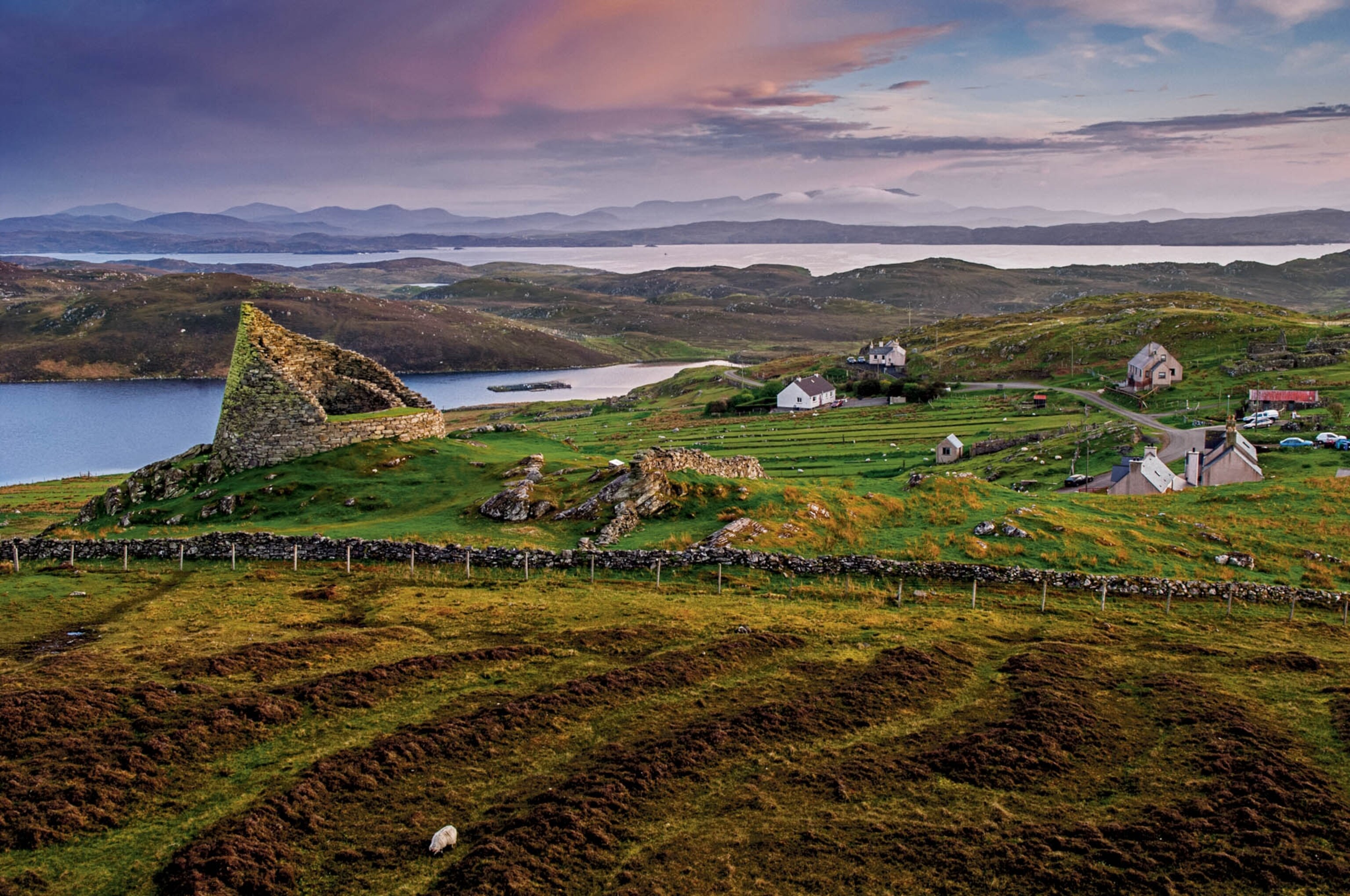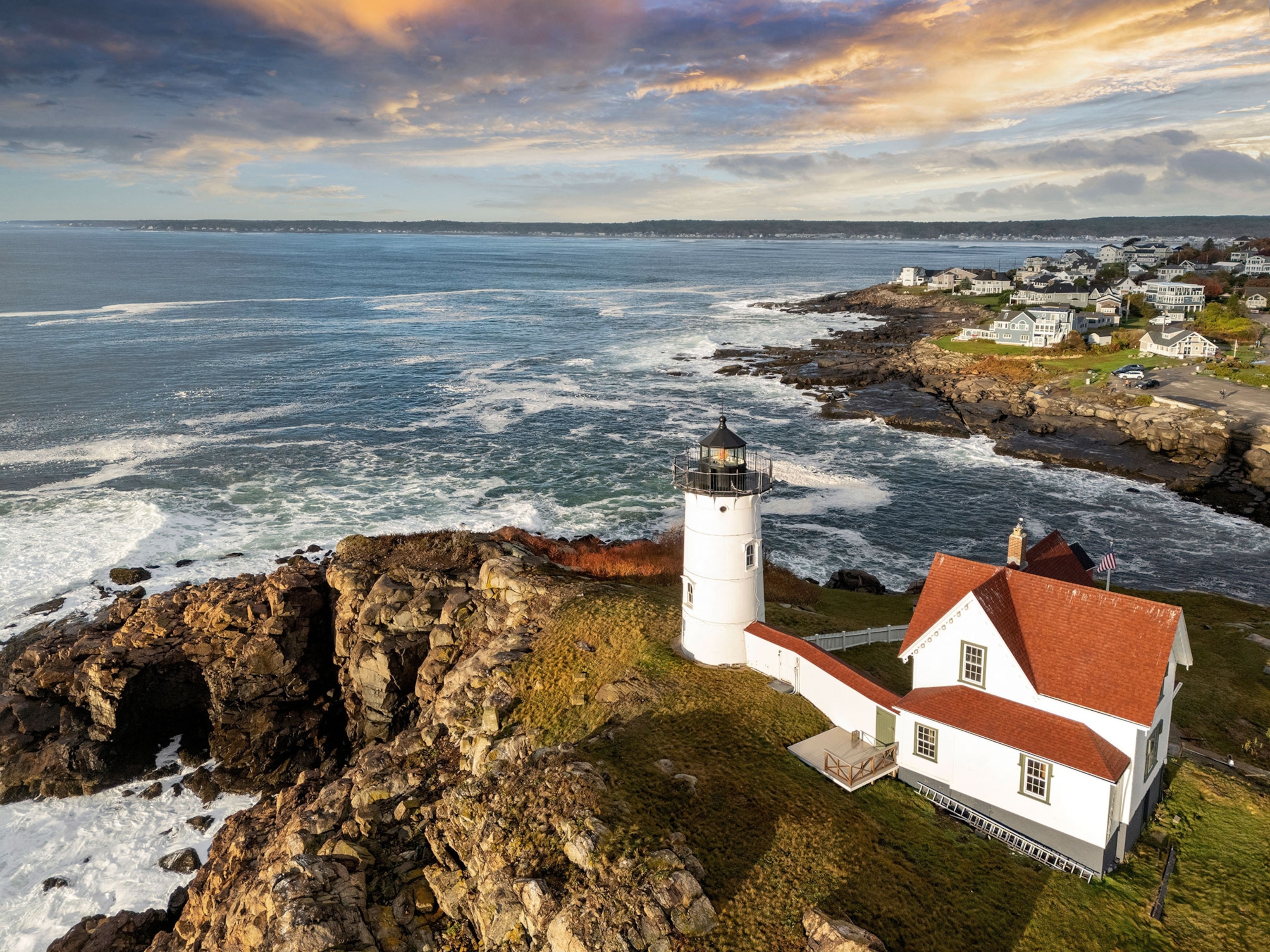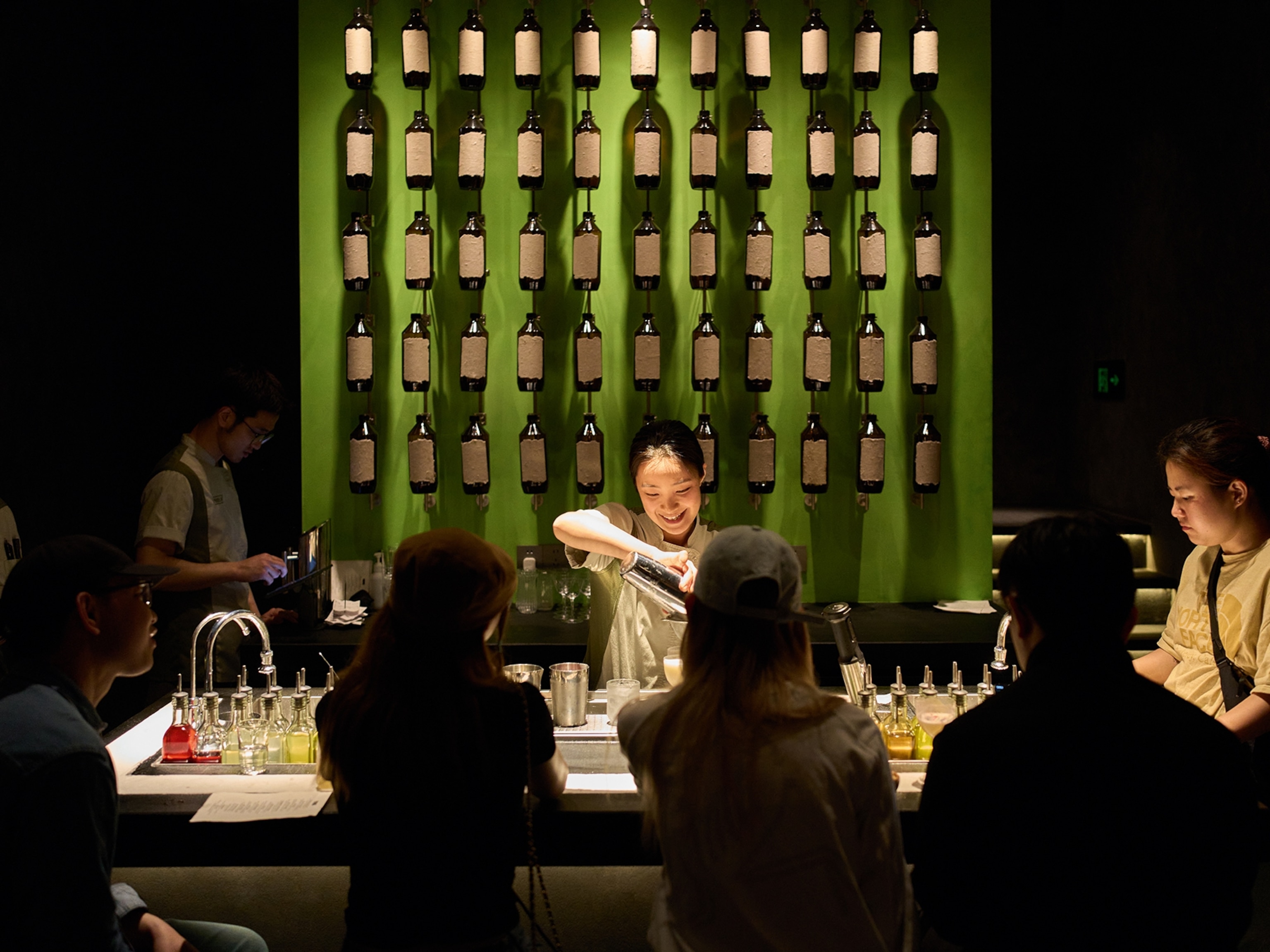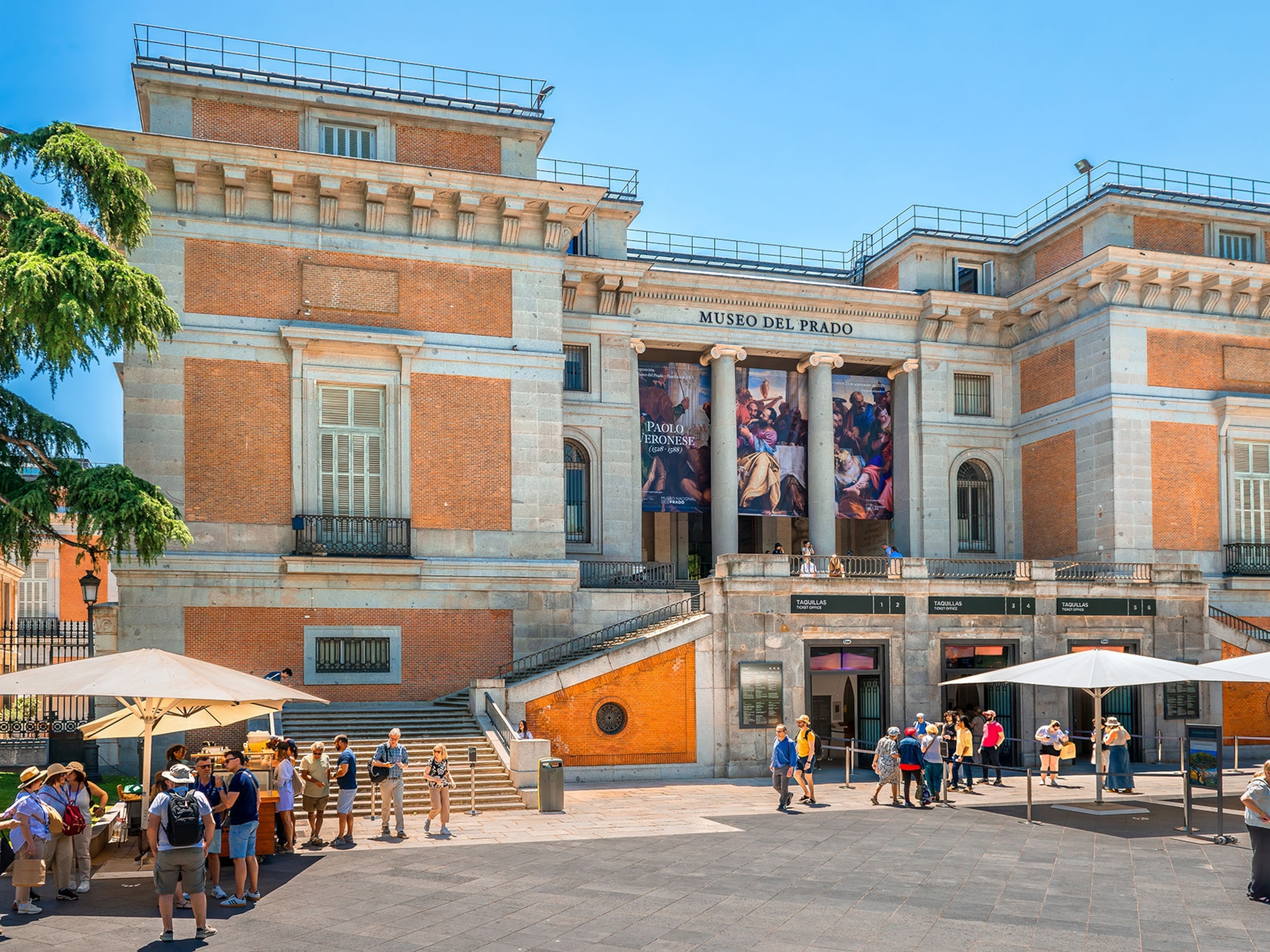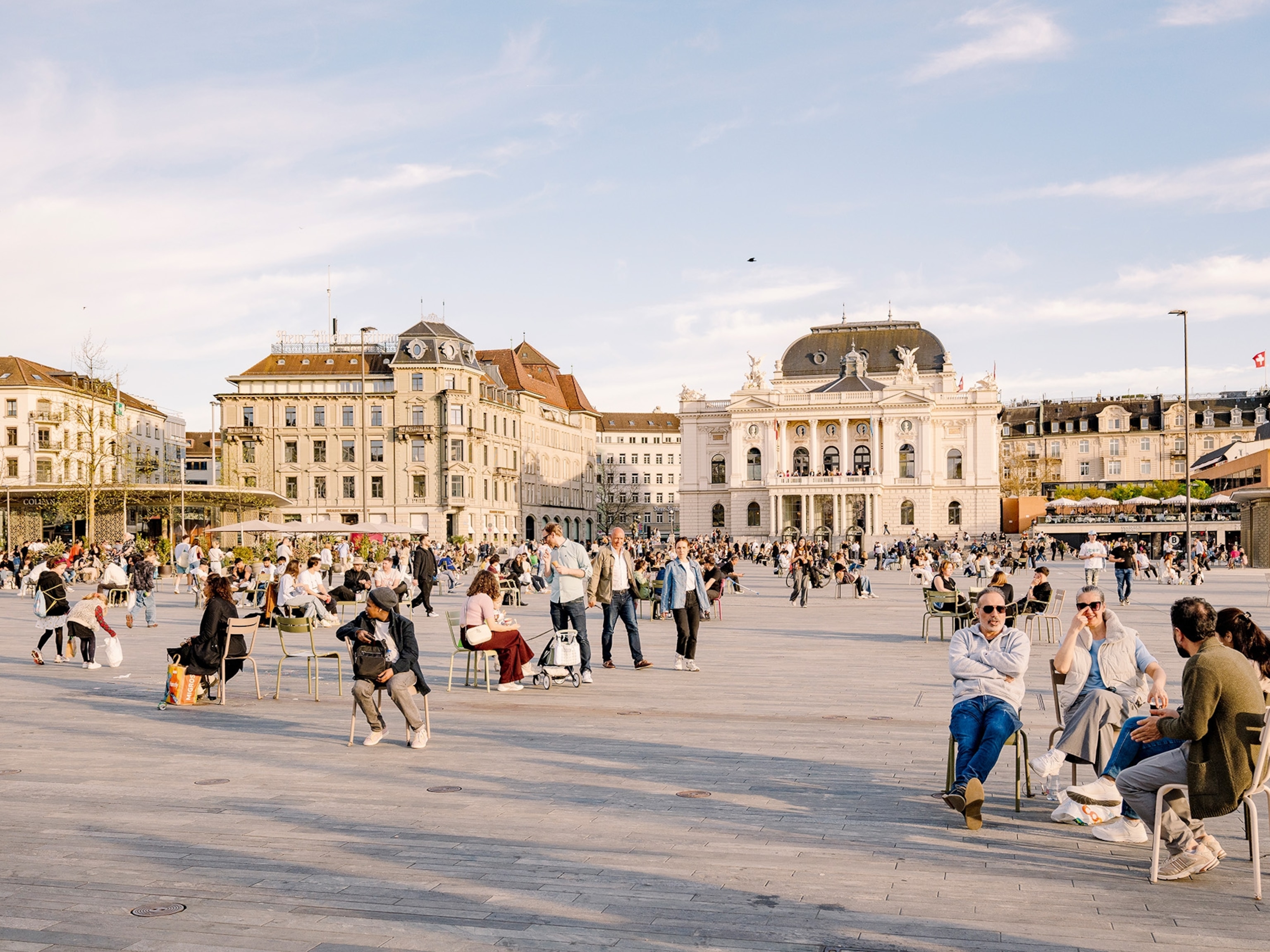Plan an epic trip to Scotland
Here's an insider’s guide to the best of Scotland, from Edinburgh to the Highlands and beyond.
On Scotland's tiny Fair Isle, timeless traditions are the way of life. Discover the top spots countrywide for tastes, sights, and strolls.
Cultural events
Scotland’s most popular events, such as the Highland Games (May-September) and the Edinburgh Festival Fringe (August), unleash a spirited mix of revelry and tradition, but these lesser known attractions and events satisfy the craving for connection.
Edinburgh, Scottish National Portrait Gallery: Author Alexander McCall Smith compares the Scottish National Portrait Gallery to a family album: “If you want to find out what James VI looked like, there he is; or Darnley, husband of Mary Queen of Scots, who was blown up in suspicious circumstances. Mind you, so many Scots in the past died in suspicious circumstances that you might find that just about everybody featured in the collection ended that way.”
Shetland, Mousa Broch: Built around 400-200 B.C. on the small, flat island of Mousa off Shetland’s coast, this 43-foot-tall Iron Age tower (broch) is one of the best preserved prehistoric structures in Scotland. Three times a week from May to mid-July, a ferry brings passengers here, leaving Shetland at 10:30 p.m.—shadowy dusk before the half-lit northern summer night. Visitors are free to explore the enigmatic tower for about two and a half hours before the return journey. Mystery writer Ann Cleeves used the starkly beautiful setting in her story The Return. The most magical thing about the place, she says, are the flocks of storm petrels that nest in the broch. “They come ashore as darkness falls,” she says. “The walls become alive with the calls of the young birds and the adults flying in to feed them.”
Stirling, Bloody Scotland: At this international crime-writing festival that takes place every September, participants knock back a drink or two while discussing fictional forensics and tartan noir with established mystery writers. Fans may attend an opening gala in the Church of the Holy Rude. The very brave can step up to Pitch Perfect, in which aspiring crime writers pitch their stories to industry executives.
Falkirk, “The Kelpies”: Gargoyles and stone statues are as common in Scottish parks, castles, and town squares as pigeons and terriers. But one of the country’s most arresting pieces of outdoor art is a pair of shimmering steel horse heads that shoot nearly 100 feet out of the ground at the eastern entrance to the Forth and Clyde Canal in Falkirk. It’s a monument to Scotland’s horse-powered heritage as well as the often malevolent horse spirits that inhabit Scottish mythology.
Outdoor adventures
After a long day on the moors and a shot of single malt, it’s easy to get misty-eyed over American conservation’s debt to Scotland. John Muir spent his childhood here before coming to the U.S. to walk its mountains, inspire Congress to establish Yosemite National Park, and co-found the Sierra Club.
John Muir Way: Scotland has honored its native son with this 134-mile route that runs from Helensburgh on the west coast through the central lowlands to Muir’s birthplace in Dunbar on the east coast.
West Highland Way: The most traveled of Scotland’s long-distance routes is the 95-mile West Highland Way. “The breathtaking views of the greenest mountain landscape imaginable gave me a renewed sense of possibility,” says Wilderness Society president Jamie Williams, who hiked it in 2015.
Borders Abbeys Way: The southern Borders region of Scotland is one of the country’s unsung jewels, and home to the exquisite Borders Abbeys Way, 64.5 miles of hills, sparkling rivers, and a quartet of centuries-old abbeys. The towns en route are a delight. Sir Walter Scott is said to have considered Kelso the most beautiful village in Scotland, and the Sunday Times recently ranked Melrose as the best place to live in the U.K.
- National Geographic Expeditions
Speyside Way: If you’d like to take a shorter, gentler, more whiskey-soaked walking tour of the Highlands, the 65-mile Speyside Way is close to some of Scotland’s most heralded distilleries. Aberlour’s distillery has a good tour for 15 quid ($20).
Assynt Region: If you prefer to walk away from established routes, head to northwestern Scotland’s Assynt region. “It has very few people and a vast territory, almost like the southwestern United States,” says photographer Jim Richardson.
Food and drink
Dining in Scotland is a convivial affair, whether you’re braving a plate of haggis in a pub, enjoying freshly caught haddock in a harborside restaurant, or tucking into one of the Sunday teas that communities in the Shetlands host during the summer.
Lochaline, the Highlands: Whitehouse Restaurant This tiny restaurant in the West Highland village of Lochaline is a favorite of Alexander McCall Smith, the Scottish author of The No. 1 Ladies’ Detective Agency and a stack of other humorous novels. “They use the things that the natural larder of the Highlands can provide,” he says, “mussels straight NG MAPS out of the water, mackerel caught that morning, samphire found on the edge of a beach, and wild garlic picked from the road that follows the Morvern coast.”
Shetland, Hay’s Dock: Ann Cleeves, author of the acclaimed Shetland mystery series, bases many a crime in the harbor town of Lerwick. In her own (law-abiding) life, she’s a fan of Hay’s Dock restaurant in Lerwick’s Shetland Museum. “Any item featuring Shetland fish or Shetland lamb is always delicious,” she says. Even fish-fearing diners have fallen in love with the restaurant’s creamy seafood chowder.
Perth, The Roost: The small city of Perth serves as a jumping-off point for the Highlands. Stop for hearty fare en route to the mountains at The Roost, a few miles outside of Perth. Its signature aged Scottish beef is roasted in a wood-burning oven.
Edinburgh and Glasgow, Haggis: The historic origins of haggis are murky—some speculate it may have been invented from the parts of the sheep left over after the lairds of old had taken all the choice meat for their feasts. But one thing’s clear: Haggis has become the savory centerpiece of traditional Scottish cuisine. So what is it exactly? Ground sheep’s pluck (heart, liver, lungs), mixed with onion, salt, suet, spices, and oatmeal, all of which is stuffed into the sheep’s stomach and cooked to perfection. Where to find the country’s best? Partisans say it’s at the Arcade Haggis and Whisky House in Edinburgh, but others swear it’s at The Ubiquitous Chip in Glasgow.
Isle of Harris, Isle of Harris Distillery: Cozy up to the peatfueled hearth at this tiny distillery that has taken the spirits world by storm with a coveted gin infused with sugar kelp.
Best places to stay
From converted castles to country homes to tiny B&Bs, Scotland’s history lives in its hotels.
Speyside, Craigellachie Hotel: At the confluence of the rivers Spey and Fiddich lies the Craigellachie, a classic Scottish hotel revived for a new generation with 26 homey rooms, farm-to-table dining, and proximity to some of the country’s best salmon fishing. Its Quaich bar stocks over 900 singlemalt whiskeys from the many dis - tilleries nearby and around the world.
Glasgow, Crossbasket Castle: If you want to splurge on a castle hotel the night before you fly out of Glasgow, the Crossbasket has a four-story bridal tower dating to the 16th century, accessed by a stone spiral staircase. Perfect for Outlander fans.
Isle of Lewis, Baile-na-Cille: On the wild coast of the Isle of Lewis in the Outer Hebrides, this bayside inn offers “stonking” (really good) views of Uig Bay’s white-sand beach.
Isle of Skyle, Eilean Iarmain: “It’s beautifully done, just a great remote country hotel experience,” says Richardson, of this lodging on the Hebrides’ best known island and Scotland’s largest. “You sit in the lounge by the peat fire with your drink. They take care of you.”
